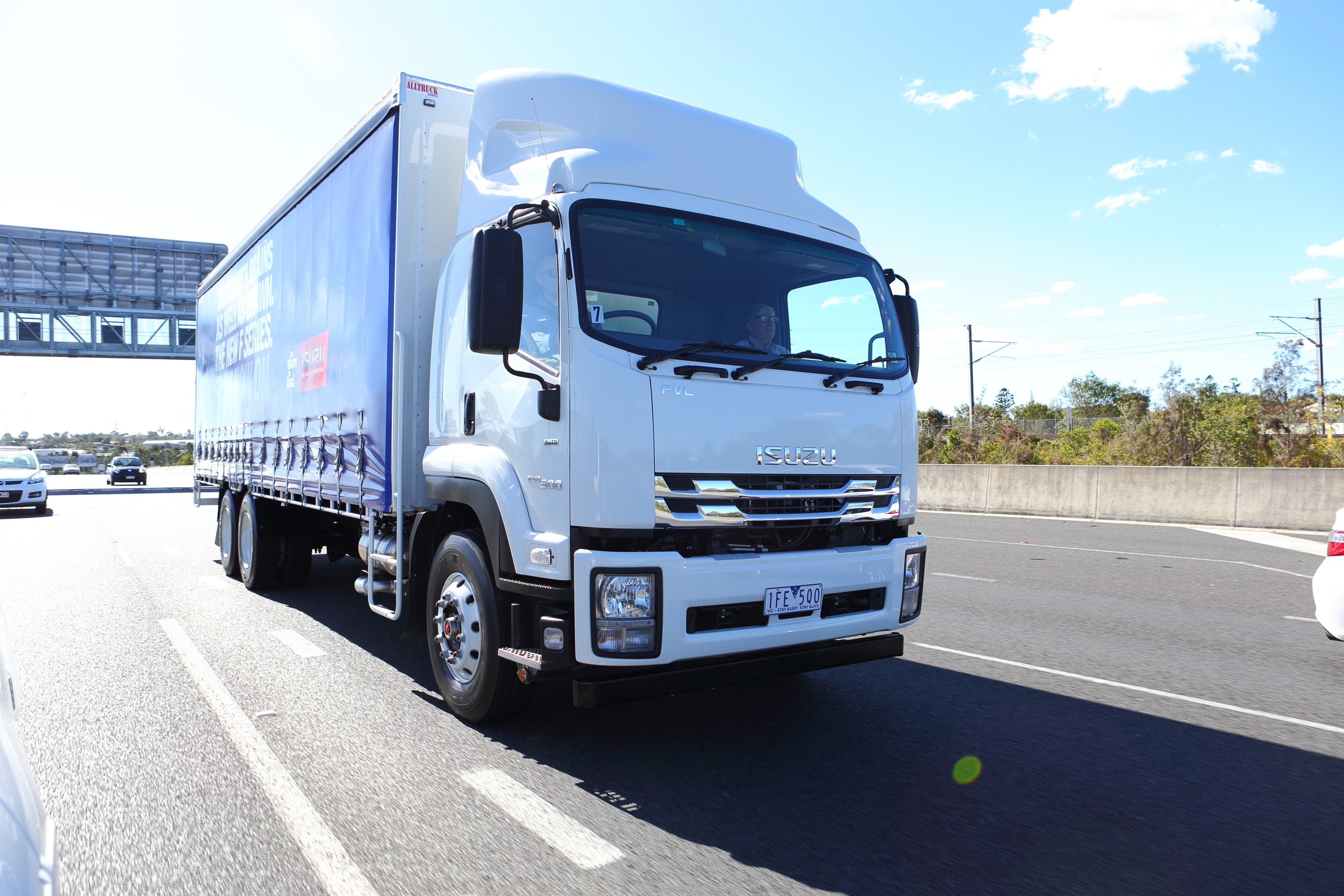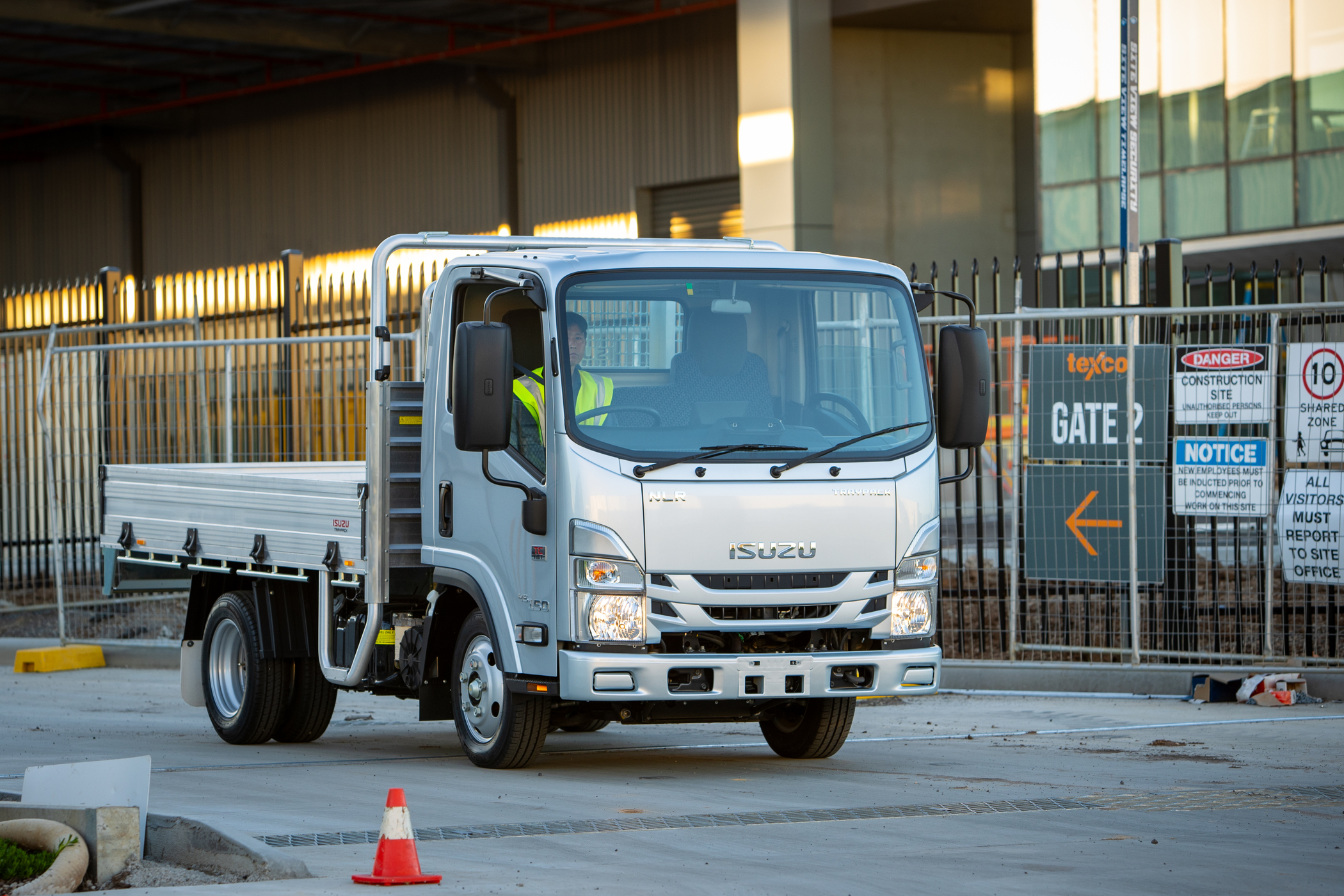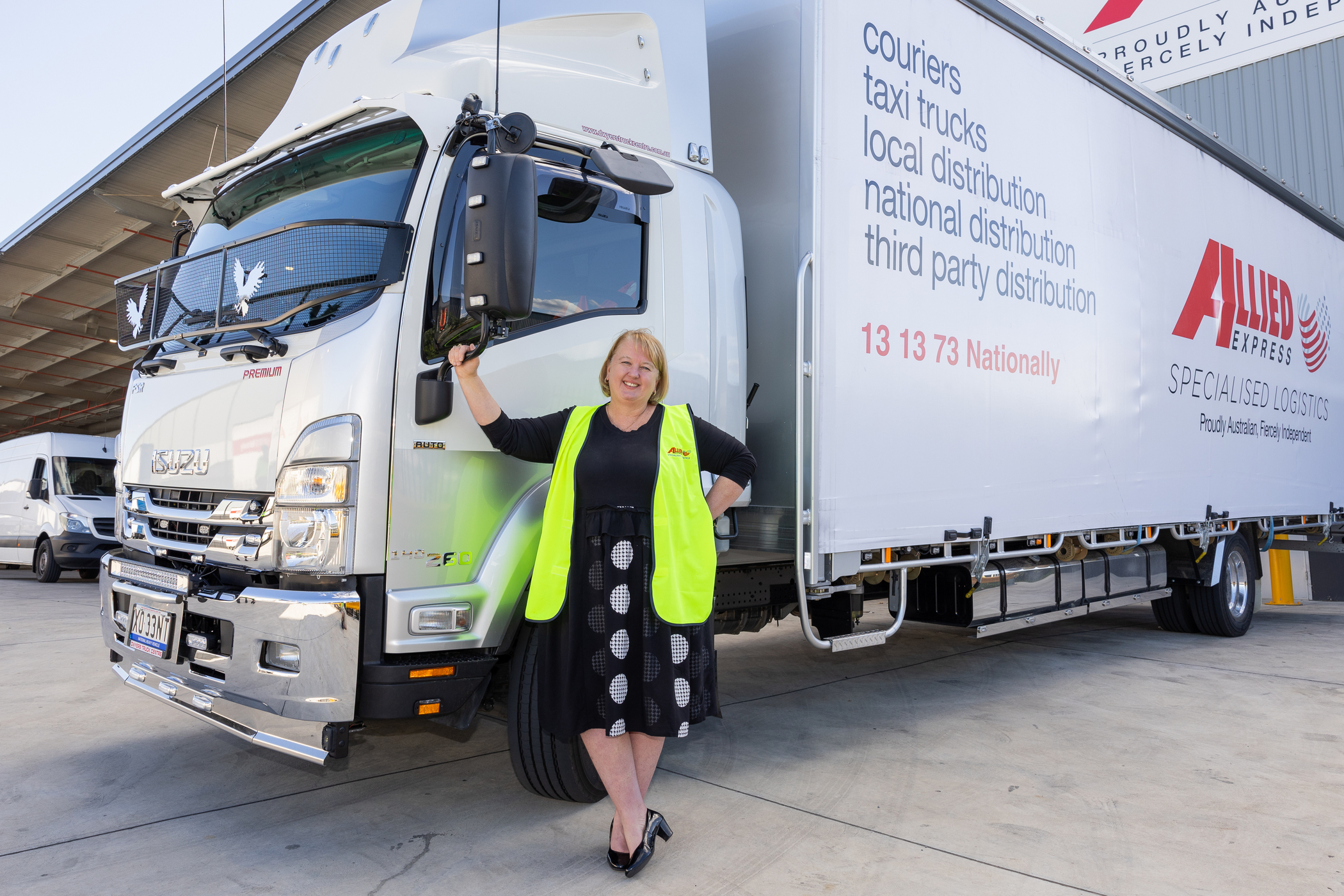Snapshot of Freight Movement In Australia

Ever wondered how everyday commodities make it to the local supermarkets?
Chances are you haven’t, but you should. Consider your immediate surroundings. From the stationery on your desk to the milk in your coffee, our 24/7 shopping abilities are a reality thanks to comprehensive freight operations working in the background. Freight and economic impact Freight not only connect consumers with goods, but also serve to connect Australia with the world. Consumers aren’t the only ones that rely on the freight and logistics industry; one of the largest revenue-generating sectors of Australia, the industry accounts for over eight per cent of Australia’s gross domestic product, making it not only a high-impact industry but also a massive blessing to our economy. Australian freight collaborates with various other industries across the nation to manage and coordinate different stages of goods distribution; the road freight industry alone employs more than 192,600 Australians. With new developments constantly kicking the industry into high gear to accommodate new changes, the freight and logistics environment is always rapidly evolving.
So, what makes up the industry? Here’s a quick peek at the three major functional areas that make up the current Australian freight task.
Import/Export freight
Import/export functions form a crucial arm of freight functions and have become more significant than ever, especially as this offers to compensate for Australia’s continuing manufacturing decline.
Though times are changing with emerging technologies and a growing urban populace, Australia’s capital corridors have continued to offer inexpensive, direct transport of import material to businesses and consumers.
And while the import sector fine-tunes its functions to reflect these changes, export sector has done well to catch up, with regional ports transformed into massive hubs for high-value exports.
Inter and intrastate freight
In the last decade, growth in international trade has opened up a whole slew of opportunities for inter and intrastate freight transport.
In turn, the perks of increased trade have brought the big networks together: land, sea and air transports have aligned seamlessly with inter- and intrastate freight service to manage import and export of goods across Australia’s rural expanse.
With new developments constantly kicking the industry into high gear to accommodate new changes, the freight and logistics environment is always rapidly evolving.
So, what makes up the industry? Here’s a quick peek at the three major functional areas that make up the current Australian freight task.
Import/Export freight
Import/export functions form a crucial arm of freight functions and have become more significant than ever, especially as this offers to compensate for Australia’s continuing manufacturing decline.
Though times are changing with emerging technologies and a growing urban populace, Australia’s capital corridors have continued to offer inexpensive, direct transport of import material to businesses and consumers.
And while the import sector fine-tunes its functions to reflect these changes, export sector has done well to catch up, with regional ports transformed into massive hubs for high-value exports.
Inter and intrastate freight
In the last decade, growth in international trade has opened up a whole slew of opportunities for inter and intrastate freight transport.
In turn, the perks of increased trade have brought the big networks together: land, sea and air transports have aligned seamlessly with inter- and intrastate freight service to manage import and export of goods across Australia’s rural expanse.
 And it’ll only get better from here on.
With well-organised road transport systems in place to carry forward the good work, maintaining interstate links and tracking supply chain progress across them have become a tad easier.
Thanks to Australia’s long-distance truck fleet keeping a keen eye out for these supply chain processes, of course.
Urban freight
Urban freight is one of the more challenging components of supply chain operations and is responsible for goods distribution, including retail goods, urban deliveries and some services such as urban waste disposal.
Known for its reliability, this quickly growing freight system works in tandem with other freight functions and has the burdensome role of navigating heavily populated urban spaces.
And it’ll only get better from here on.
With well-organised road transport systems in place to carry forward the good work, maintaining interstate links and tracking supply chain progress across them have become a tad easier.
Thanks to Australia’s long-distance truck fleet keeping a keen eye out for these supply chain processes, of course.
Urban freight
Urban freight is one of the more challenging components of supply chain operations and is responsible for goods distribution, including retail goods, urban deliveries and some services such as urban waste disposal.
Known for its reliability, this quickly growing freight system works in tandem with other freight functions and has the burdensome role of navigating heavily populated urban spaces.
 Though the Australian road freight system may be in a flux of change, it is known for efficient delivery of fresh produce and other time-sensitive commodities within urban areas.
Our reliance on road transport has, in turn, contributed to Australia’s global product input - boosting the economy, but also presenting new complexities within urban freight and logistics processes that need to be tackled.
Though the Australian road freight system may be in a flux of change, it is known for efficient delivery of fresh produce and other time-sensitive commodities within urban areas.
Our reliance on road transport has, in turn, contributed to Australia’s global product input - boosting the economy, but also presenting new complexities within urban freight and logistics processes that need to be tackled.
 Source: Inquiry into National Freight and Supply Chain Priorities: Report, March 2018, Commonwealth of Australia.
Among the many concerns that have cropped up is the projected continued increase in container trade demand and the impact this will have on land-based goods movement.
Growing population aside, other contributing factors such as infrastructural developments and changing consumer shopping habits have also raised the need to address and encourage integrated supply chain processes.
Freight, it’s a-changin’
And while our freight system continues to ensure reliable distribution of goods, it’s necessary to stop and recognise the fast-track nature of urban freight and the room for improvement in the sector.
The industry isn’t oblivious to these changes, of course. If anything, measures are taken to address them, and integrated strategies are established to iron out the kinks.
But in the meanwhile, let’s do our bit and keep up the shopping—all in the name of boosting the economy.
Source: Inquiry into National Freight and Supply Chain Priorities: Report, March 2018, Commonwealth of Australia.
Among the many concerns that have cropped up is the projected continued increase in container trade demand and the impact this will have on land-based goods movement.
Growing population aside, other contributing factors such as infrastructural developments and changing consumer shopping habits have also raised the need to address and encourage integrated supply chain processes.
Freight, it’s a-changin’
And while our freight system continues to ensure reliable distribution of goods, it’s necessary to stop and recognise the fast-track nature of urban freight and the room for improvement in the sector.
The industry isn’t oblivious to these changes, of course. If anything, measures are taken to address them, and integrated strategies are established to iron out the kinks.
But in the meanwhile, let’s do our bit and keep up the shopping—all in the name of boosting the economy.



Playtime’s over, get $3,500* to spend on extras.
If you’re ready to get serious about tackling bigger jobs, grab yourself an NLR 45-150 AMT SWB Traypack from the Ready-to-Work range for $62,990 drive away*. And to prove we aren’t playing, buy any NLR Traypack before June 30 and you’ll get $3,500* to spend on genuine accessories or an Essentials service agreement.
Learn more



